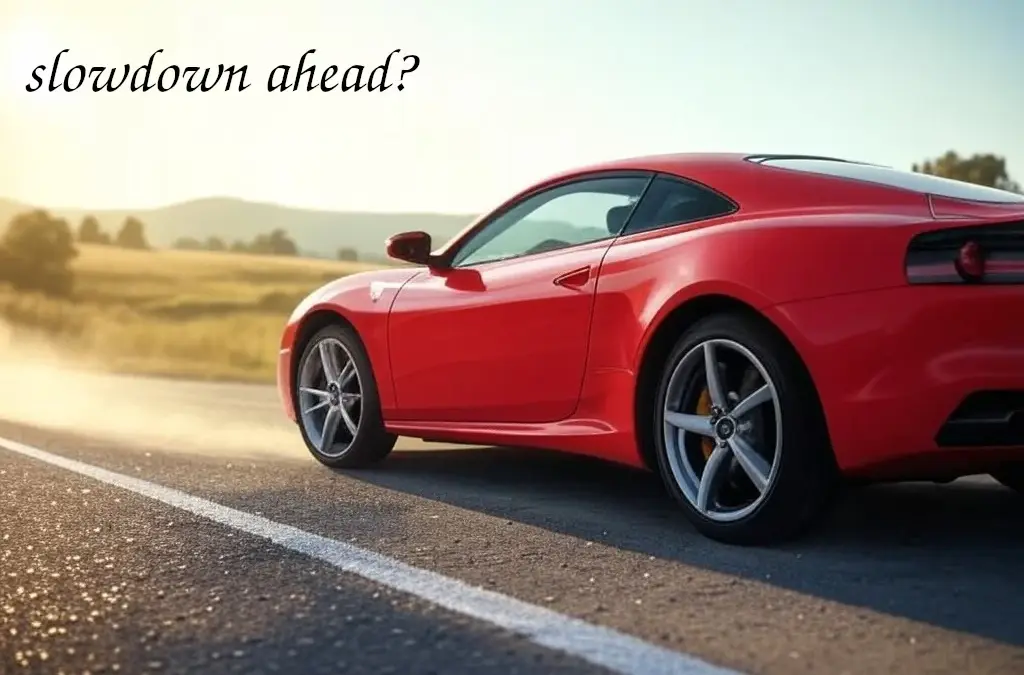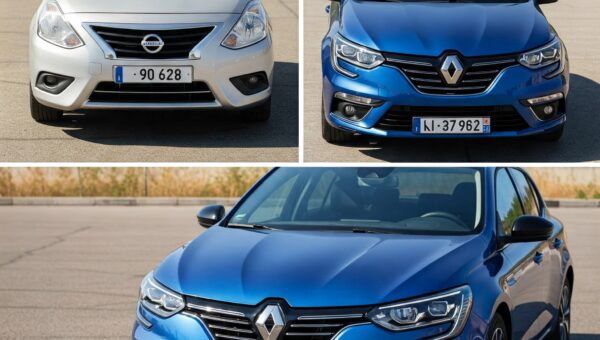February 2025 revealed a moderation in India’s passenger vehicle market growth following the strong performance during the festive season in late 2024. The month was notable for varied performances across India’s major automotive manufacturers, with Mahindra & Mahindra emerging as the new number two player in the passenger vehicle market ahead of Hyundai.
This cooling trend after several consecutive quarters of robust growth indicates potential structural shifts in one of the world’s fastest-growing auto markets, with changing consumer preferences and competitive dynamics reshaping the industry landscape.
Cooling After Festive Season
After a strong festive season in late 2024 and a record-breaking January for some manufacturers, February 2025 displayed clear signs of moderation across the industry.
Maruti Suzuki maintained its leadership position but with modest growth of just 1% year-on-year with 199,400 units sold in February, a noticeable drop from January’s record-breaking sales of 212,251 units. This deceleration pattern was visible across several manufacturers, suggesting a broader cooling trend in the market.
Mahindra & Mahindra, now occupying the second position in the market, demonstrated more resilience with domestic SUV sales reaching 50,420 units in February 2025, representing 19% year-on-year growth despite the overall market slowdown.
Hyundai Motor India reported domestic sales of 47,727 units—a significant decline from January’s 54,003 units, reflecting the post-festive season adjustment.
Tata Motors faced more pronounced headwinds with a 9% year-on-year decline in its passenger vehicle segment, recording total sales of 46,811 units compared to 51,321 units in February 2024.
Toyota Kirloskar Motor showed better resilience with 28,414 units sold, marking a 13% increase compared to February 2024, though this still represents a deceleration from its stronger growth trajectory in previous months.
SUV Dominance Continues to Reshape the Market
The most pronounced trend across manufacturers is the continued dominance of SUVs and utility vehicles, which now command nearly 60% of the Indian passenger vehicle market—a dramatic increase from 32% in 2020. This shift has fundamentally altered the competitive landscape and manufacturer strategies.
Maruti Suzuki has successfully adapted to the changing landscape by strengthening its utility vehicle offerings, which now contribute significantly to its sales. The segment saw 6.2% growth to 65,033 units in February, with models like Brezza, Ertiga, Fronx, and Grand Vitara performing well.
Mahindra & Mahindra has effectively capitalized on its focused SUV strategy. With a diverse portfolio including the Scorpio, XUV700, Thar, and XUV300, M&M has successfully targeted various market segments. The company’s approach to product refreshes and new model launches—such as the Thar ROXX, XUV500, and Scorpio N—has yielded strong results with 19% year-on-year growth.
Toyota has also benefited substantially from the SUV trend, with MPVs and SUVs contributing 68% to its overall sales. Models like the Innova Crysta, Innova Hycross, Urban Cruiser Hyryder, and Fortuner have seen strong demand, growing by 20% in 2024.
Hyundai, despite pioneering the mid-size SUV segment with the Creta in 2015, faces increasing competition in the crowded SUV space. The Korean manufacturer continues to see success with the Creta, but is operating in an increasingly competitive environment. Tata Motors, once gaining momentum in the SUV space, appears to be losing ground with its 9% decline in passenger vehicle sales.
The Decline of Small Cars
The flip side of the SUV boom is the accelerating decline of smaller vehicles. This trend is most visible in Maruti Suzuki’s numbers, where the mini segment (Alto and S-Presso) fell by 30.8% to 10,226 units in February 2025 from 14,782 units a year earlier. Across the industry, hatchbacks and sedans have seen their combined market share dwindle below 40%, as aspirational buying takes precedence over pure affordability considerations.
This shift reflects changing consumer preferences driven by rising disposable incomes, growing middle class, improved road infrastructure, and the appeal of versatility and higher ground clearance offered by SUVs.
Electric Vehicle Disruption
A concerning trend emerges in the electric vehicle segment, particularly for Tata Motors, which has been leading India’s EV push. The company reported a 23% drop in EV sales to 5,343 units in February 2025, marking the third consecutive month of decline in this previously high-growth segment.
It is likely because of the strong competition faced by the company from Chinese rival JSW MG Motor, which has seen its EV sales go from around 1,600 units in August last year to over 5,000 units in December. The newly launched Windsor EV alone clocked 3,785 units in the month.
From around 35% of total sales in August, EVs have doubled their share to over 70% of JSW MG Motor’s total PV sales in India by January.
Export Performance
While domestic market dynamics show clear patterns, export performance varies significantly across manufacturers. Hyundai India maintains its position as a major export hub with 11,000 units shipped overseas in February, representing 6.8% year-on-year growth.
Maruti Suzuki saw exports decline by 13.5% to 25,021 units from 28,927 units in February 2024. Mahindra & Mahindra reported a remarkable 99% year-on-year increase in exports with 3,061 units. Toyota exported 2,000 units, contributing to its overall positive performance.
Market Cooling
February’s performance across manufacturers provides evidence of a market cooling after the festive season high and January’s strong numbers. With moderate growth for some manufacturers and outright declines for others, the data suggests a natural moderation after three consecutive years of high demand in the Indian automotive market.
However, this pattern is not unusual following the festive period, which traditionally drives higher sales volumes due to promotional offerings.
The January to February drop in volumes for companies like Maruti Suzuki (from 212,251 to 199,400 units) and Hyundai (from 54,003 to 47,727 units) could also be because of customers postponing purchases from December to January for retaining higher resale value.
Manufacturer Strategy
The evolving market landscape presents distinct strategic challenges for each manufacturer. Maruti Suzuki must navigate the declining small car segment while continuing to strengthen its position in utility vehicles. Its modest 1% growth suggests the need for further product innovations to maintain market leadership.
One of the significant developments in February was Mahindra & Mahindra emerging as the new number two player in the passenger vehicle market, overtaking Hyundai Motor India which had long held this position. While M&M has momentum from its SUV-focused strategy, it will need to maintain its pace of new model introductions to sustain its growth trajectory.
Hyundai faces increasing competitive pressure and may need to accelerate new model launches and refresh its product portfolio beyond the Creta to regain its traditional position in the dynamic Indian market.
Tata Motors needs to address the concerning decline in both its conventional passenger vehicles and EV sales, possibly through product refreshes or pricing strategies.
Toyota appears well-positioned with its focus on hybrid technology and premium offerings but may face challenges in sustaining its growth rate as the market cools.
February 2025 clearly demonstrates a post-festive season moderation in India’s passenger vehicle market, with sales cooling across multiple manufacturers after the strong performance in late 2024 and January 2025.
Against this backdrop of moderation, the rise of Mahindra & Mahindra to the second position in the market represents a significant shift in competitive dynamics. The continued dominance of SUVs, declining small car sales, and varying performance across manufacturers suggest structural changes in consumer preferences that transcend seasonal fluctuations.
As the industry approaches the end of the 2024-25 financial year, these trends will likely shape manufacturer strategies, with a particular focus on balancing product portfolios to navigate the apparent cooling phase while maintaining growth in the most promising segments.
As the industry approaches the end of the 2024-25 financial year, these trends will likely shape manufacturer strategies, investment decisions, and product development priorities for years to come. The ability to adapt to these evolving market dynamics will determine which manufacturers thrive in India’s next automotive chapter.



